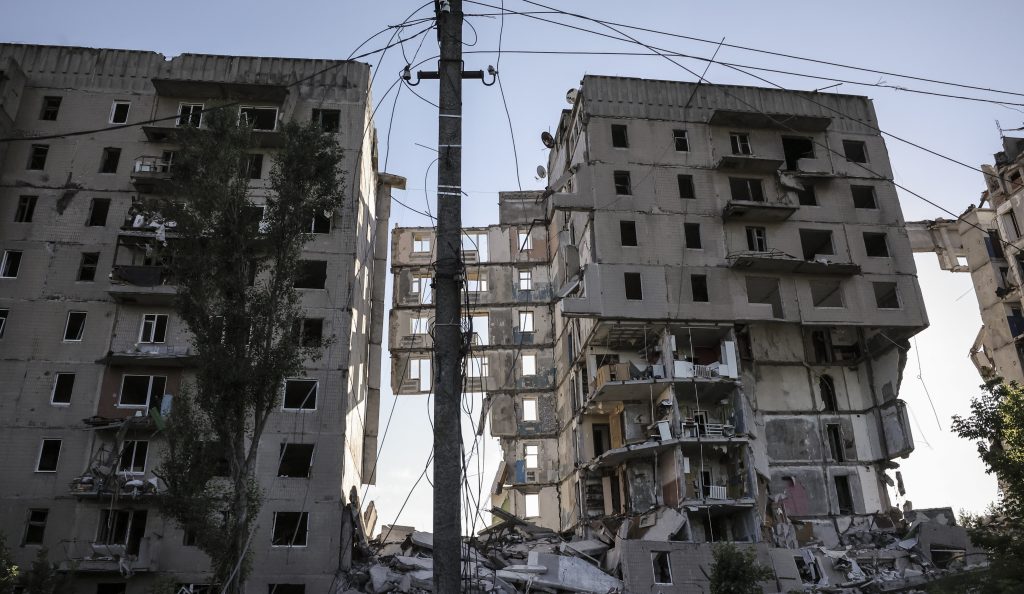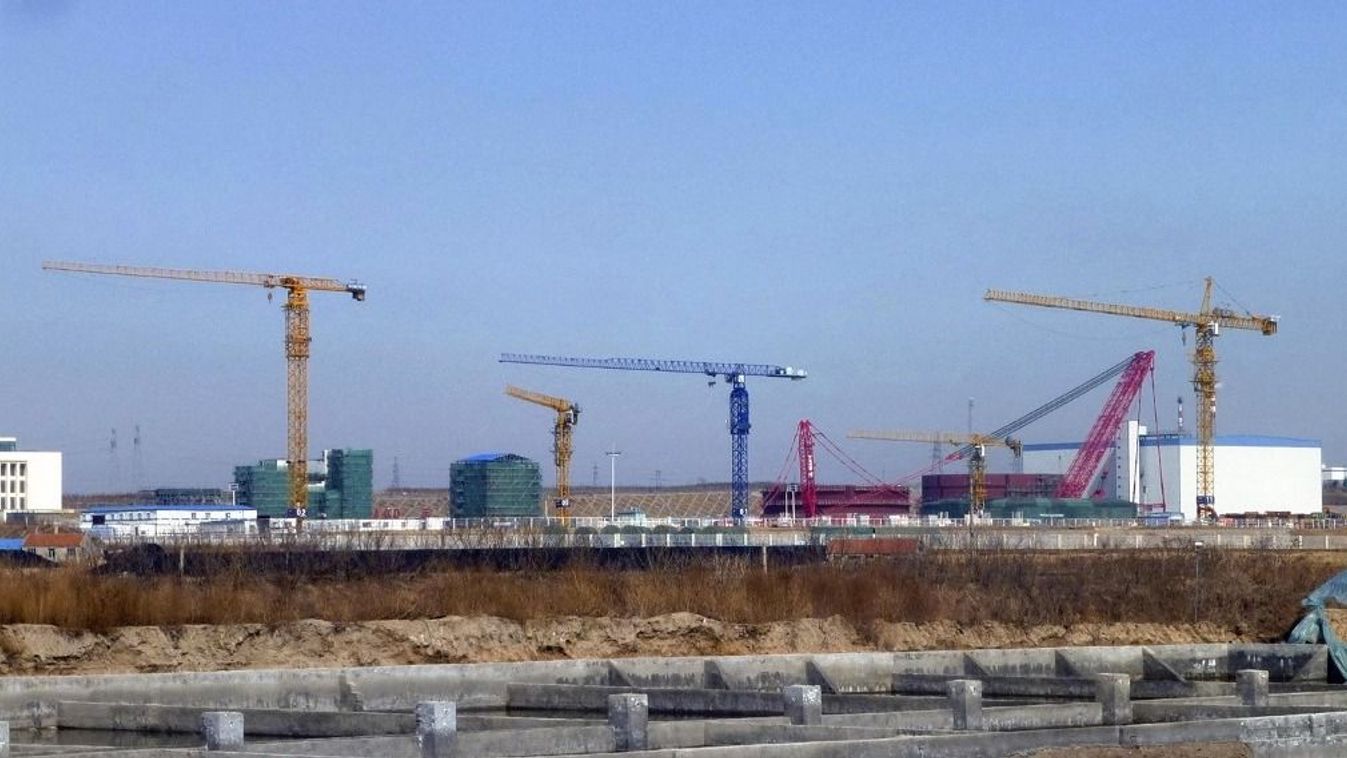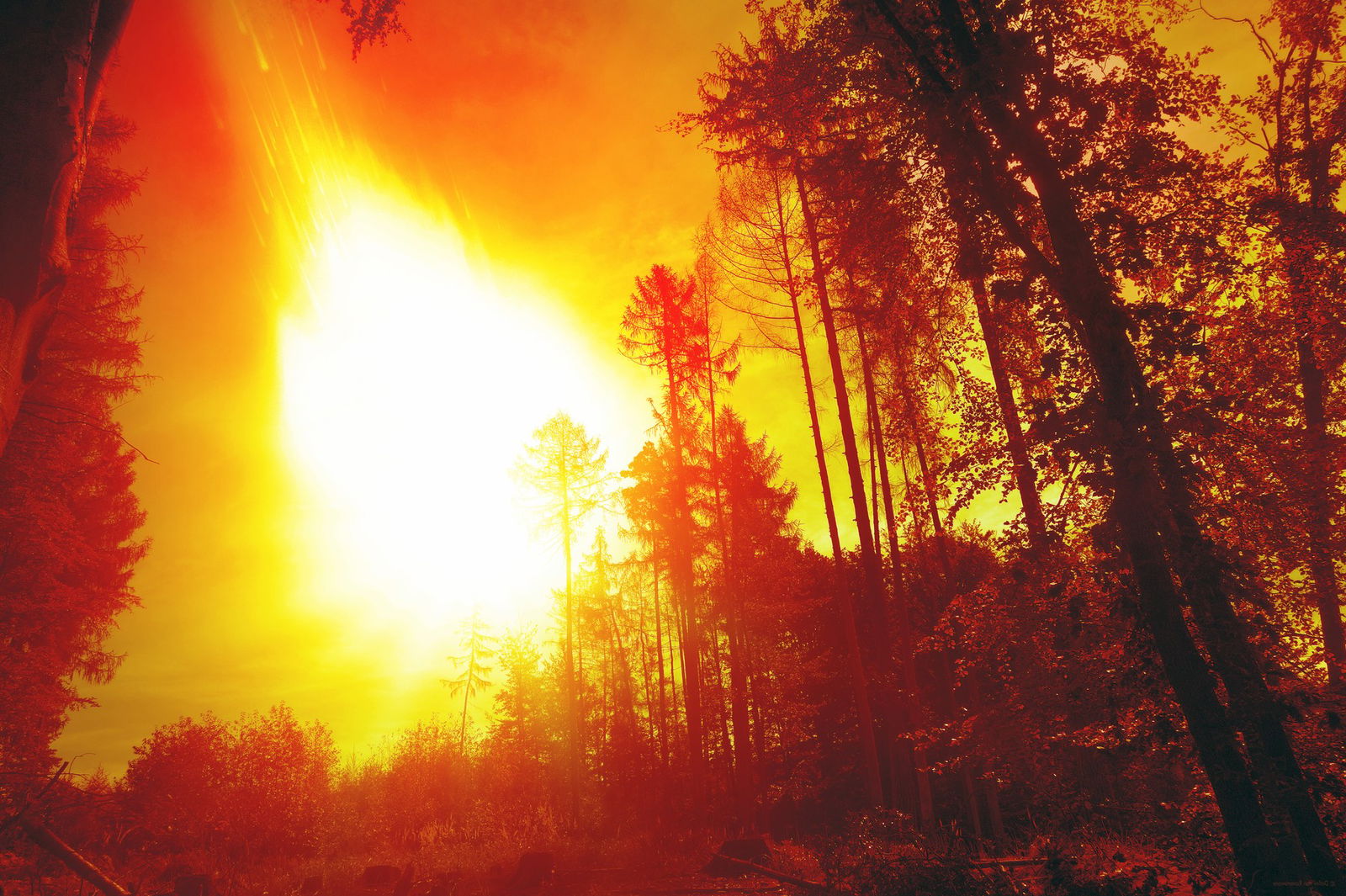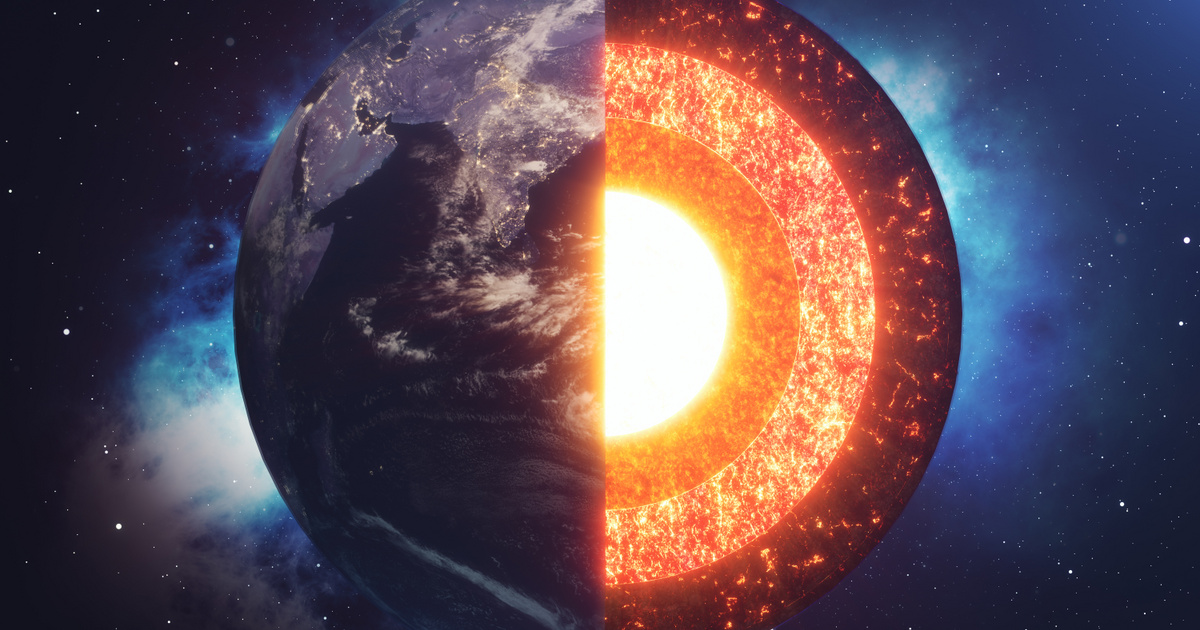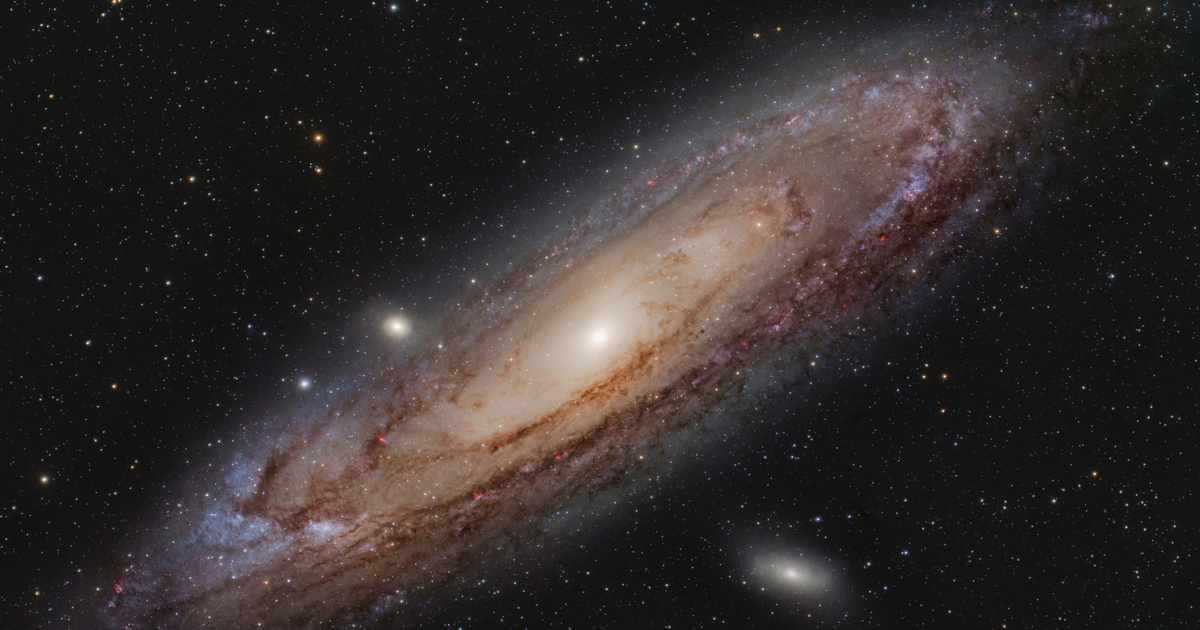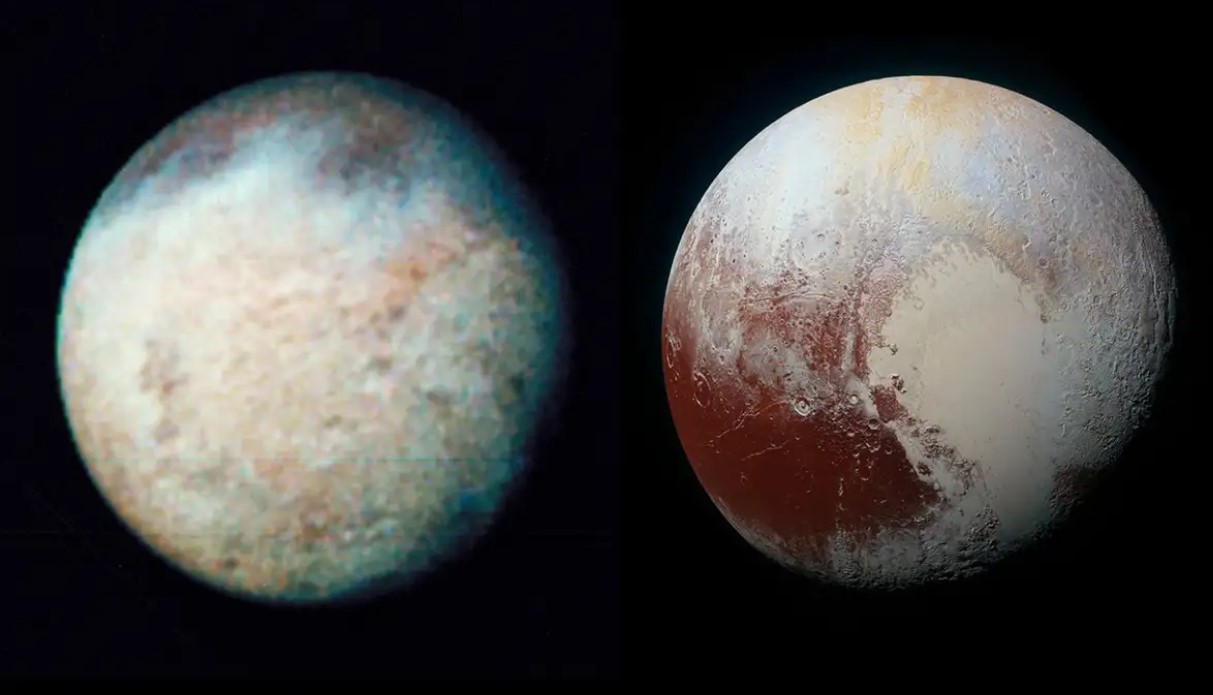Global warming experts are destroying rock drawings that are tens of thousands of years old. However, one report indicated that some changes are already inevitable and irreversible
Coastal erosion, floods, fires, cyclones and other extreme weather events are becoming more severe as a result of global warming. Archaeologists and historians warn that they have already caused extensive damage to the rock paintings preserved for tens of thousands of years.Read the Watchman British Daily website.
In response to this year’s Sixth Assessment Report from the Intergovernmental Panel on Climate Change (IPCC), Flinders University in Adelaide, Australia held a symposium on Tuesday. The report warned that an increase in global temperature of more than 1.5 degrees Celsius would increase the number of extreme weather events. He stressed, however, that some changes were indeed inevitable and irreversible.

From a hurricane called Monica that devastated the northern part of the continent in 2006, it effectively destroyed half of the trees in a fifty-kilometer-wide strip, pushing some into rock formations and destroying them. Daryl Wesley, an archaeologist at Flinders University, said of one of Australia’s deadliest tropical cyclones. “Then a very intense fire broke out due to the combustion products left by Monica.
Stone drawings were often made of sandstone, which could absorb a lot of water. Due to the heat of the fire, the water heats up and expands and then the rock explodes, destroying the rock drawings.
Wesley, who has documented changes over the past 56 years, believes that a number of artworks have already been destroyed by environmental and human factors, but the climate crisis is exacerbating the situation.
Griffith University archaeologist Gillian Huntley has discovered that rocks are crumbling in the world’s oldest plates due to the contraction and expansion of salt crystals due to changing weather.
Huntley studies rock paintings in the monsoon region of Australia, which stretches from northern Australia to Indonesia. According to him, the phenomenon caused by salt can also be observed in the northern regions of Australia and the Western Pilbara region.

The crystallization process is accelerated by climate change, which is becoming more severe in the tropicsThe expert noted.
The temperature here is three times higher than the rest of the world. A warming to 2.4 degrees Celsius means 6 degrees Celsius in the tropics, which is disastrous,” Huntley said.
(MTI)


